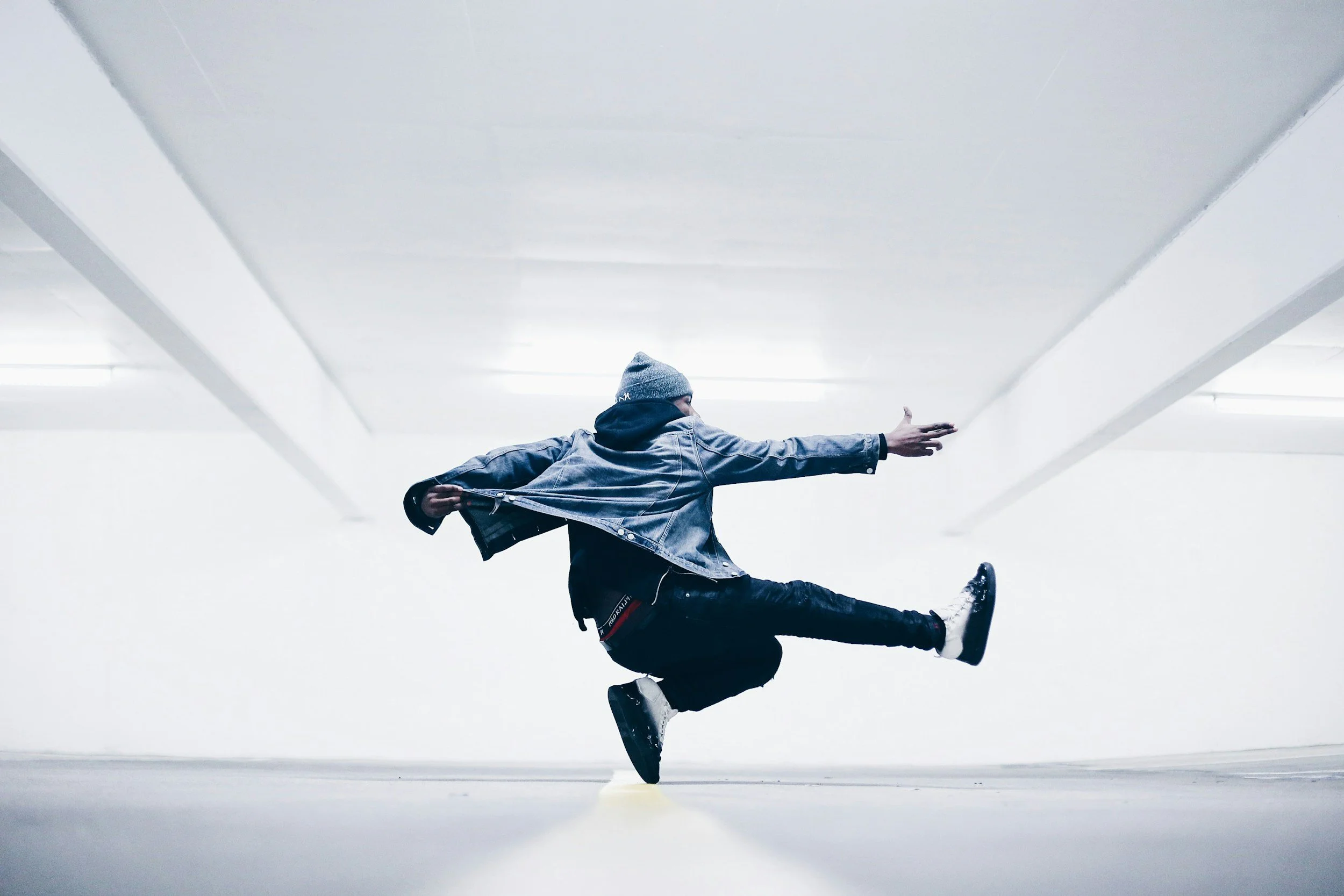
Your Zone of Optimal Functioning
Wait, what? There is a zone of optimal functioning? According to the Inverted U Principle, yes there is! But let’s dig a little deeper so that you can decide for yourself whether you agree or not.

Application of Closed-Loop And Open-Loop Control Systems
Closed-loop and open-loop control systems, what? These systems are the systems that allow us to perform movements and not just in sports or dance. Each system serves a purpose and aids performers in taking effective action in their chosen sport. Let’s learn some more about them and the importance of understanding both systems.

Fitts’ Law in Motion
These stages help guide how Fitts' Law informs the role of motor learning and integration.

Growth Mindset
Dweck talks about the growth mindset and the fixed mindset. As the growth mindset speaks about fostering one’s ability to persist and build a skill set versus the fixed mindset that talks about the belief in innate ability.

Getting Your Attention
Attention and concentration in sports is a hot topic, and as with other hot topics in sports, there are different theories about attention. Attention is, basically, what we are seeing or observing. There is also value in understanding theory in order to understand how it can be applied in your life. So, while it may be a bit information dense, it will be worth taking the time. Below we will explore three different theories of attentional processes.

Motivational Theories in Sports Psychology
What is motivation? Why should we care about motivation? Motivation is what drives us to accomplish our goals. Researchers are always interested in learning about different concepts, including motivation and why we want to reach our goals. Two different theories have been proposed based on some of the research coming out of the field of sports psychology. Let’s learn a little bit about two of these theories to see if they can be of benefit to you.

Sources of Sport Confidence Model Reflections
Vealey's model of sport-confidence provides the following list, in no specific order, of forces or sources that impact an athlete's self-confidence:
Mastery
Demonstration of ability
Social support
Physical/mental preparation
Physical self-perception
Vicarious experience
Coach’s leadership
Environmental comfort
Situational favorableness

Winter Solstice!
Winter is here! This solstice marks the beginning of what is known as astronomical winter, not meteorological winter. And maybe it marks the beginning of something else. What if it was to mark the beginning of a time of wonder and magic?

The Nature of Fear
When we can understand the signs of fear, we can then befriend our fear, thank it, and then invite courage and self-compassion to the party so that we can act from that place instead of the fearful place.

The Sting and Learning Lessons of Rejection
Let’s face it, rejection hurts and stings! It is something that many would prefer to go without. There are so many facets when talking about rejection because it is such a complex topic.

Doing the Best You Can!
Perfectionism is a myth, and yet many of us strive for it in our personal lives, professional lives, and, if we are in a leadership position, it may even show up in our expectations of others. We can strive for perfectionism implicitly or explicitly and sometimes the implicit striving can be the most difficult to find compassion for and reflect on.

Priorities - Where We Place Things
How do we decide where we place our priorities? Take a minute and think about that before reading further. Consider taking some notes, drawing, or doing anything else that helps.

Mental Blocks
The mental block is there for a reason. It is telling us something that we need to pay attention to. Oftentimes we spend energy fighting the mental block, give up, or skip the opportunity to explore why it exists.

Talking About Difficult Topics
Talking about difficult topics is not easy, as we all know, nor is it high on our lists of something we love to do. It’s why we call them ‘difficult’. And yet, difficult conversations have to happen for the benefit of ourselves, others, culture, and society.

Action versus Reaction
Our bodies are naturally made for both action and reaction. But what is the difference, and why do we need both? Why might we want to be mindful of how we use both?

The Masks We Wear
The masks we wear.
The faces we present to the world.
We all wear masks or have faces that we present.

Patience Shows Up in Many Situations
And It seems that patience continues to be essential and emphasized as we transition into adulthood. Why? Has anyone really asked the question about ‘why’? We are not talking about the surficial ‘why’ of because we spend so much time waiting in many aspects of life. This ‘why’ is more focused on how patience benefits us beyond the surface reasons. The surface reasons being that we wait in line, wait for food to cook, etc.

Resilience - A Birth Right!
Why venture into an image such as the ball bouncing? Because resilience is like that bouncing ball. It happens naturally in our bodies, minds, and spirit. It is an innate part of being human.

We Don’t Always Know Our Impact
Everyone makes an impact in this world! It is true. Here are the pieces that we don’t always think about - the impacts that we make that we don’t see or don’t even know about.

Fall Transitions
On the 22nd of this month, the September equinox marked the beginning of fall in the Northern Hemisphere. Different cultures worldwide have different ways of honoring and celebrating the changing of the seasons. We will explore a few of them and their traditions in the hopes of drawing on them to inspire our own imaginations about what fall traditions can be in our own lives.